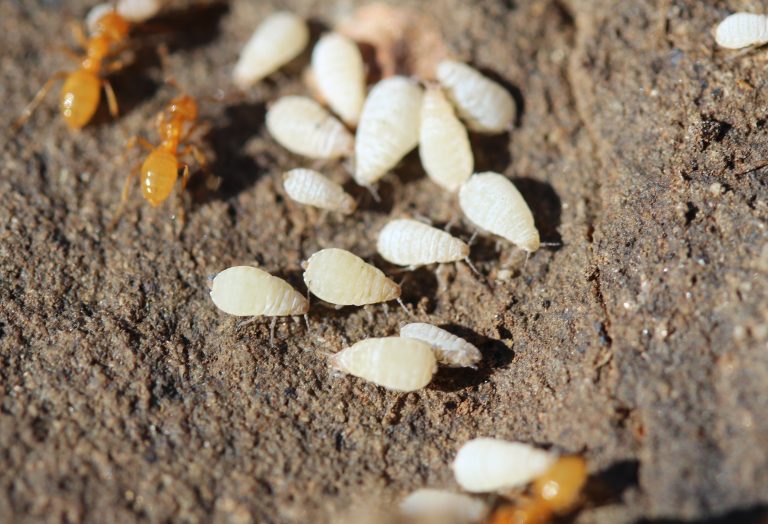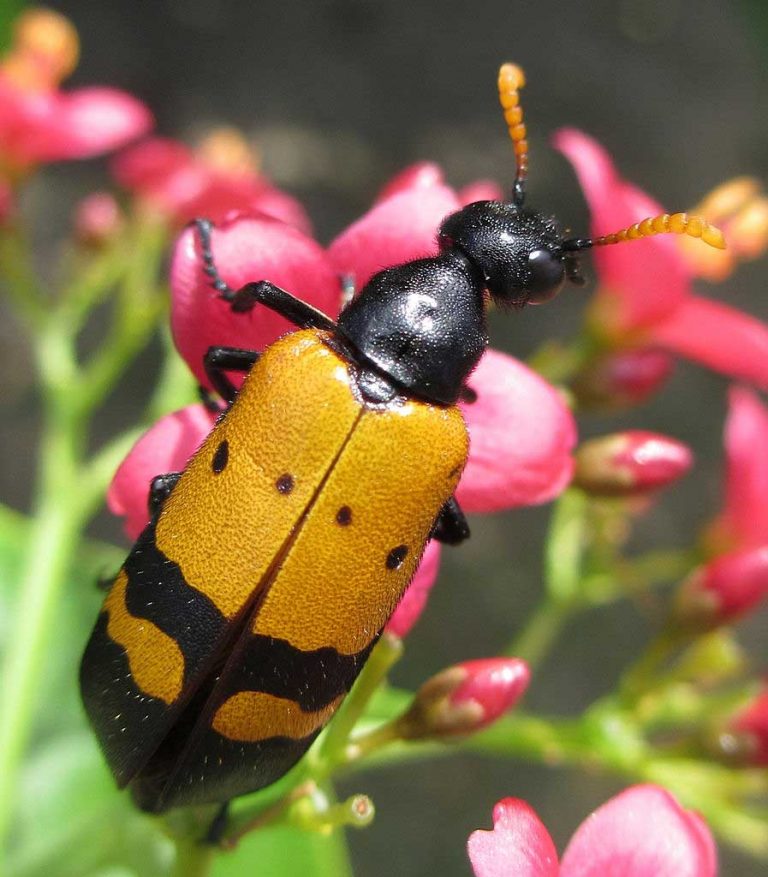Iris Flowers – Symbolizing the Greek Goddess Iris and Faith, Hope, Wisdom and Courage
Scientific Classification
| Kingdom: | Plantae |
| (unranked): | Angiosperms |
| (unranked): | Monocots |
| Order: | Asparagales |
| Family: | Iridaceae |
| Subfamily: | Iridoideae |
| Tribe: | Irideae |
| Genus: | Iris.L |
| Type species: | Iris germanica |
Iris belongs to a variety of about 260 to 300 types of flowering plants. Iris flowers come in a great range of colors; its name derives from the word Greek word alluding to “rainbow.” Besides, this being its scientific name, most varieties of this flower take this name; however, certain varieties are a close relative of the iris species. ‘Flags’is a common name for some species, while many garden experts use the name ‘Junos’ to distinguish the species “Scorpiris.” Iris has gained popularity among the garden flowers. In Greek mythology, Iris was a messenger of the Gods and personified the rainbow.
Anatomy
Iris flowers grow from the rhizomes (rhizomatous irises) that creep, or they grow from bulbs (bulbous irises) where the climate is dry. They are perennial plants, their long and upright flowering stems have a branched or ordinary configuration, hollow or solid, circular or flat cross-section. The rhizomatous varieties normally have at their foot, thick clusters of sword-shaped leaves. The bulbous varieties have leaves shaped in the form of a cylinder at their base.
How to Cultivate Domestically

Photo by: Kurt Stüber
Preparation for Planting
Iris flowers require properly draining soils and six hours of sunshine daily. To maintain dryness for the rhizomes, a whole day’s sunlight is a good option. (The rhizomes are plump structures like roots at the foot of the plant). When you plant them in sloped or elevated beds, you ensure that the iris flowers get good drainage.
Planting
- Iris will bloom well only when it receives a minimum of half a day’s sunlight and properly drained soil. In the likely absence of enough sunlight, the plants fail to bloom.
- They like fertile soil varying from neutral to acidic. If your soil is extremely acidic, neutralize it with a little lime. Refrain from watering in summer, this causes the plant to rot.
- Bearded Irises do not prefer shade from other plants; many of them are at their best when alone in exclusive beds.
- Draining the soil is very essential. Till the soil using a garden fork or a tiller as deep as 12 to 15 inches, and then, mix 2 to 4 inch thickness of compost.
- Planting time for irises is the middle to the end of summer.
- Bearded irises contain rhizomes (plump roots) which you need to expose partially or you can provide a thin layer of soil during the hot summer months.
- Plant the rhizomes either in groups of three or as single, keeping the fan’s outer edges at one to two feet distance based on their size.
- Make a shallow hole of 10 inches diameter and 4 inches depth. Through the middle of the hole downwards make a ridge with the soil and place the rhizomes on that ridge, spread the roots both sides downwards. Fill up the hole and firm it up gently with soil.
- Water properly.
- Top-dress the soil with fertilizer with low-level nitrogen while planting and repeat it in early spring.
Placement and Water
When the flowering buds start to appear in the fans, take the pot inside and keep it where it can get access to sunlight. You would do well to water your plants regularly every day. One most common mistake that flower gardeners commit is to water the plants in excess. This is a drawback; plants need even watering daily.
Flowering Period
It is in spring that the iris flowers bloom. We see many species of iris, that normally begin blooming in the month of April, and possibly continue blooming up to June, which is again depends on the climate.
After-Bloom Care
Add fertilizers yearly twice — soon after blossoming and when spring starts; here the rhizomes are preparing for the coming year’s flowering. Water only in case of extreme dryness or after transplantation.
As Cut Flowers

Photo by: Meneerke Bloem
Every gardener loves this perennial. Its divine origins notwithstanding, it is woody, easily growing and trustworthy. The Iris flower does well as cut flowers and also attract hummingbirds and butterflies. While preparing bouquets make use of the large decorative iris in it; make sure that you keep a minimum of 4 to 5 buds in the bouquet, with at least one bud fully open.

Having discovered a fondness for insects while pursuing her degree in Biology, Randi Jones was quite bugged to know that people usually dismissed these little creatures as “creepy-crawlies”.







